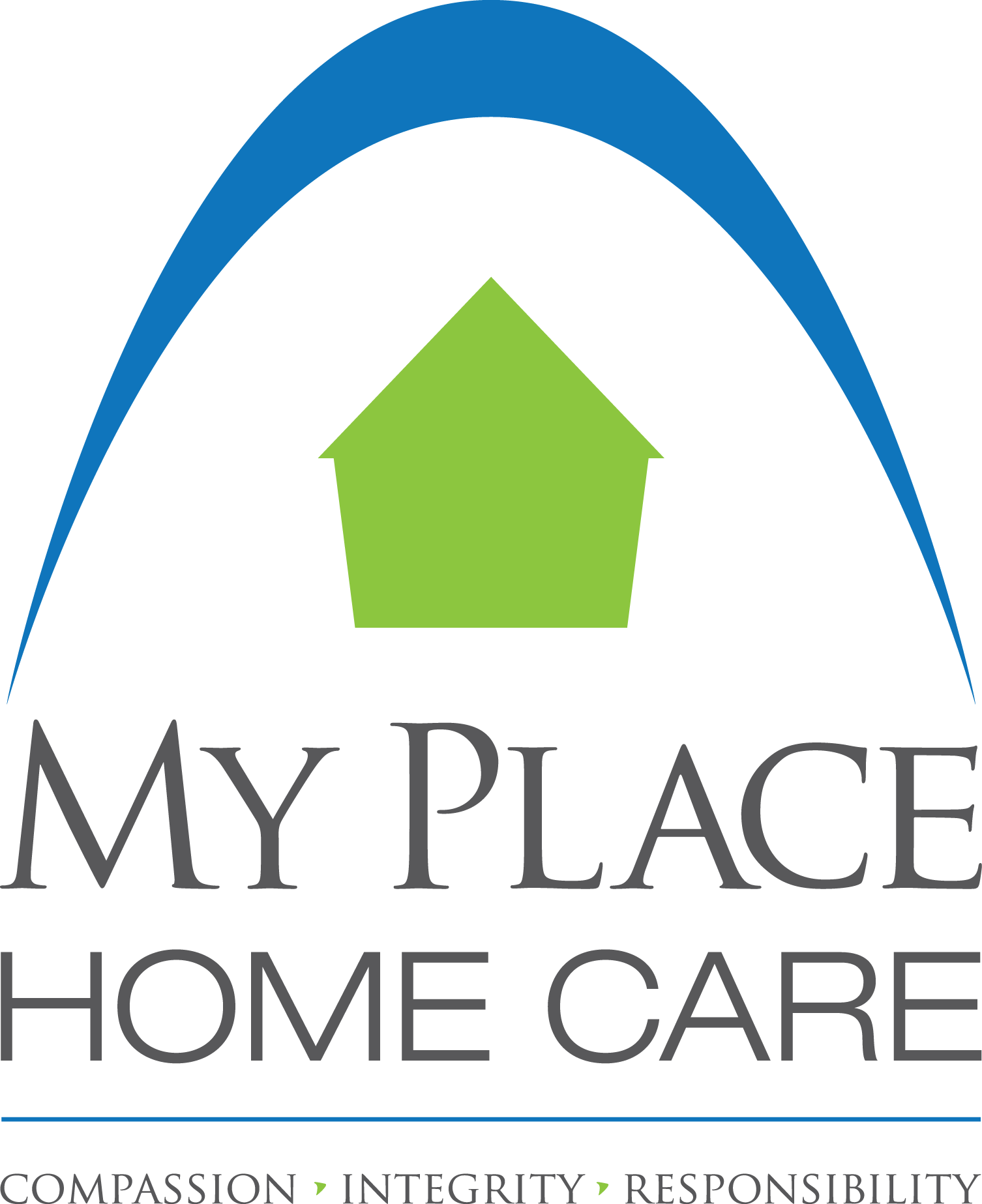
TIPS FOR SUCCESSFULLY AGING IN PLACE
Aging in place refers to the ability of older adults to live in their own homes and communities safely, independently, and comfortably, regardless of age, income, or ability level. This lifestyle choice is increasingly popular, as it allows seniors to maintain their independence and enjoy familiar surroundings. Here are some essential tips for successfully aging in place:
1. Home Modifications for Safety and Accessibility
Enhance Mobility and Access:
- Install Ramps and Handrails: Replace steps with ramps and add handrails in key areas, such as hallways and staircases, to prevent falls.
- Widen Doorways: Widen doorways to accommodate wheelchairs or walkers if necessary.
Improve Bathroom Safety:
- Install Grab Bars: Place grab bars in the shower, near the toilet, and along bathroom walls for added support.
- Use Non-Slip Mats: Ensure that the bathroom has non-slip mats to reduce the risk of slipping.
- Consider a Walk-In Tub or Shower: These features can make bathing safer and easier.
Enhance Kitchen Accessibility:
- Adjust Counter Heights: Modify counters and cabinets to be within easy reach, reducing the need for bending or stretching.
- Install Pull-Out Shelves: Use pull-out shelves in cabinets for easier access to items.
General Safety Measures:
- Improve Lighting: Ensure all areas of the home are well-lit, especially stairways and entryways.
- Remove Tripping Hazards: Clear clutter, secure loose rugs, and ensure cords are out of pathways.
2. Health and Wellness Management
Regular Health Check-Ups:
- Schedule Regular Doctor Visits: Regular health screenings and check-ups can help catch and manage health issues early.
- Monitor Chronic Conditions: Keep track of any chronic conditions, such as diabetes or hypertension, and follow treatment plans.
Medication Management:
- Organize Medications: Use a pill organizer to manage medications and set reminders for doses.
- Review Medications: Regularly review medications with a healthcare provider to avoid interactions and adjust dosages as needed.
Nutrition and Hydration:
- Eat a Balanced Diet: Focus on a diet rich in fruits, vegetables, lean proteins, and whole grains.
- Stay Hydrated: Ensure adequate water intake, as dehydration can lead to various health issues.
Physical Activity:
- Stay Active: Engage in regular physical activity, such as walking, swimming, or yoga, to maintain strength, balance, and flexibility.
- Adapt Activities: Choose activities that are safe and suitable for your fitness level and any health conditions.
3. Social and Emotional Well-Being
Stay Connected:
- Maintain Social Ties: Keep in touch with family and friends through regular visits, phone calls, or video chats.
- Join Community Groups: Participate in local clubs, senior centers, or interest groups to stay socially engaged.
Mental Stimulation:
- Engage in Hobbies: Pursue hobbies and activities that stimulate the mind, such as reading, puzzles, or crafts.
- Learn New Skills: Consider taking up new activities, such as learning a musical instrument or a new language, to keep the brain active.
Emotional Support:
- Seek Support Groups: Join support groups for emotional support and to connect with others facing similar challenges.
- Consider Counseling: Professional counseling can be beneficial for managing stress, depression, or anxiety.
4. Financial and Legal Planning
Financial Planning:
- Budget for Care Needs: Plan for potential healthcare and home care costs, including modifications to the home and in-home care services.
- Explore Financial Assistance: Look into government programs, insurance options, and community resources that can assist with costs.
Legal Preparations:
- Create or Update Legal Documents: Ensure that wills, powers of attorney, and advance directives are in place and up to date.
- Discuss Wishes with Family: Communicate your healthcare and end-of-life wishes with family members to ensure they are aware and can advocate on your behalf.
5. Utilizing Technology and Community Resources
Smart Home Technology:
- Install Safety Devices: Use devices such as medical alert systems, motion sensors, and smart doorbells for added security and peace of mind.
- Use Assistive Technology: Consider tools like voice-activated assistants, medication dispensers, and other assistive devices to aid daily activities.
Community Resources:
- Access Support Services: Utilize community resources, such as meal delivery programs, transportation services, and in-home care providers.
- Stay Informed: Keep informed about local events, resources, and services available to seniors in your area.
Conclusion
Successfully aging in place requires careful planning, adaptation, and support. By making home modifications, managing health and wellness, staying socially and emotionally engaged, planning financially and legally, and utilizing available technology and community resources, seniors can maintain their independence and enjoy a high quality of life in their own homes.

